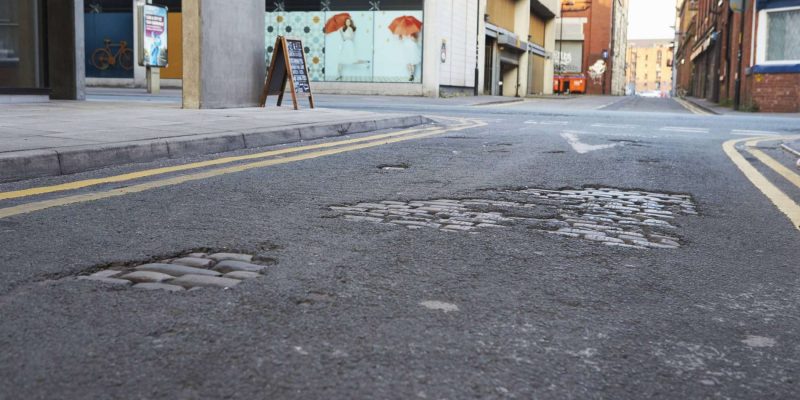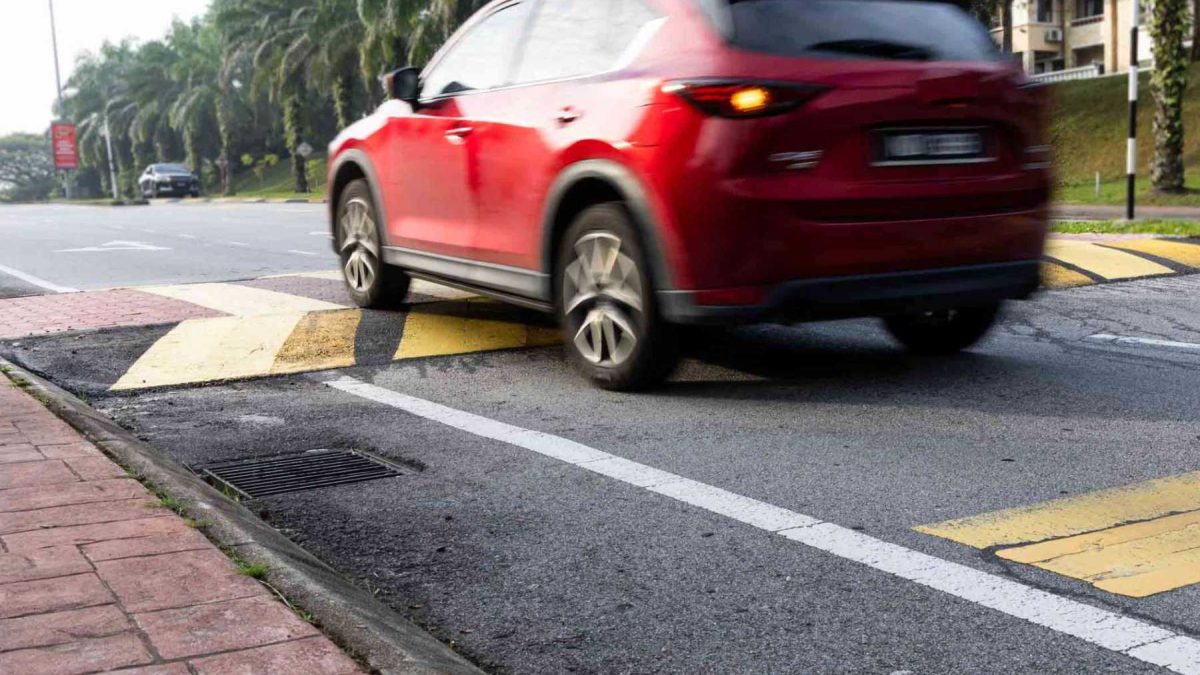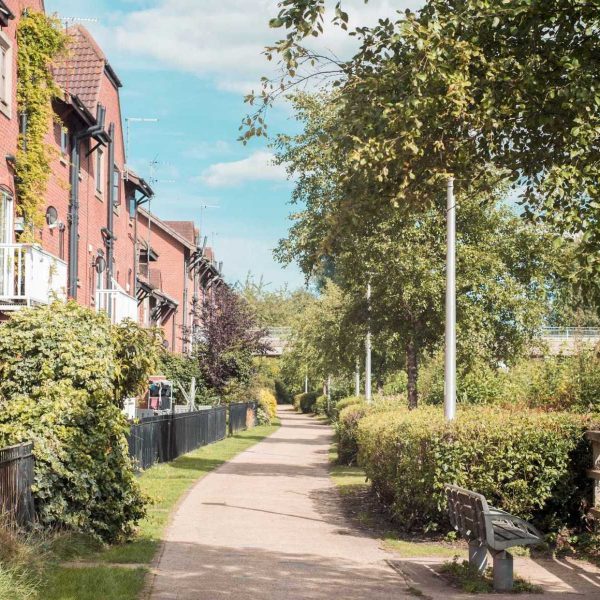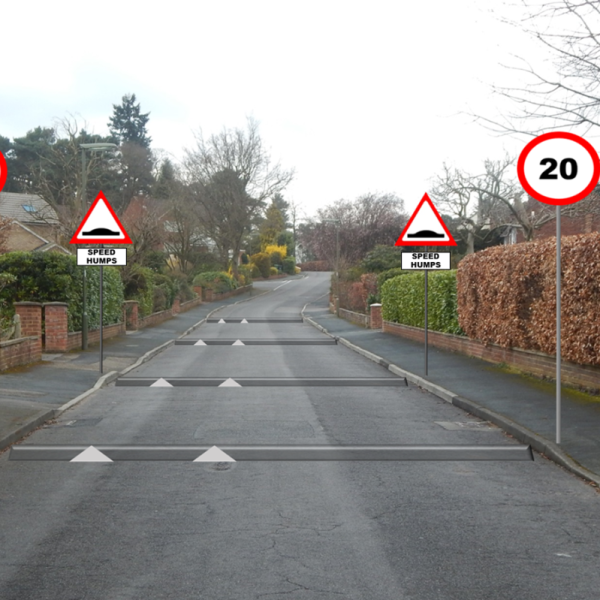
An Overview of the UK’s Road Maintenance System
The United Kingdom boasts a vast and intricate network of roads, from narrow country lanes to bustling city streets and extensive motorway systems.
Given the significance of roads in facilitating daily commutes, trade, tourism, and other essential activities, maintaining this infrastructure is paramount. The UK’s road maintenance system is multifaceted, involving a combination of governmental bodies, strategies, and funding mechanisms to ensure smooth, safe, and efficient transportation.
1. Classification of Roads:
The first step in understanding the UK’s road maintenance system is to recognize the classification of roads:
- Motorways (M roads): These are major roads intended for fast-moving traffic, with restrictions on some types of vehicles.
- A roads: Major roads that can be both primary and non-primary routes, connecting major cities and regions.
- B roads: Roads that connect smaller towns, villages, and regional areas.
- Minor roads: These encompass all other public roads that are not classified as A, B, or M roads.
2. Responsibility for Maintenance:
- Highways England: They manage the motorways and some major A roads in England. The organization is government-owned and operates with funds from the Department for Transport.
- Local Authorities: They are responsible for the maintenance of the remaining road network, including most A roads, B roads, and minor roads.
- Transport Scotland: Manages motorways and some A roads in Scotland.
- Welsh Government: Manages motorways and trunk roads in Wales.
- Department for Infrastructure: Takes care of the road network in Northern Ireland.
3. Funding:
- Road Investment Strategy (RIS): This is a multi-year funding strategy aimed at improving and maintaining England’s motorways and major A roads.
- Local Transport Plans (LTPs): Local Authorities in England prepare these, outlining their strategies for transportation and road maintenance for the forthcoming years. Funding is often sourced from the central government, local council revenues, and sometimes other avenues like developer contributions.
4. Common Maintenance Activities:
- Routine maintenance: This includes activities like pothole repairs, cleaning of drainage systems, replacement of road markings, and minor surface repairs.
- Periodic maintenance: Carried out at longer intervals, it involves activities such as resurfacing, bridge repairs, and major infrastructure overhauls.
- Winter maintenance: Given the UK’s weather conditions, roads often require treatments against frost, ice, and snow. Gritting and snow removal are essential components of winter road maintenance.
5. Challenges and Innovations:
Road maintenance in the UK, while well-structured, faces challenges. The increasing volume of traffic, changing weather conditions attributed to climate change, and budget constraints at local authority levels often lead to backlogs in maintenance activities.
However, there’s a growing emphasis on innovative solutions:
- Asset Management: Authorities are increasingly adopting a long-term, lifecycle approach to asset management, allowing for more efficient allocation of resources and proactive maintenance.
- New Materials: The use of durable, long-lasting materials that can withstand the UK’s varied weather conditions are being researched and tested.
- Smart Technologies: The integration of smart technologies into road networks, such as sensors to monitor road conditions and detect issues in real-time, is an emerging trend.
6. Public Involvement and Reporting:
One notable aspect of the UK’s road maintenance system is the involvement of the public. Many local authorities have online systems that allow residents to report issues like potholes, broken signage, or faulty street lights. This feedback mechanism ensures that authorities are made aware of problems quickly, facilitating faster response times.
To concude; The UK’s road maintenance system is a testament to the nation’s commitment to safe and efficient transportation. While challenges persist, with a blend of strategic planning, innovative approaches, and public involvement, the system continues to evolve, ensuring that roads remain functional and serve the public’s needs.
















